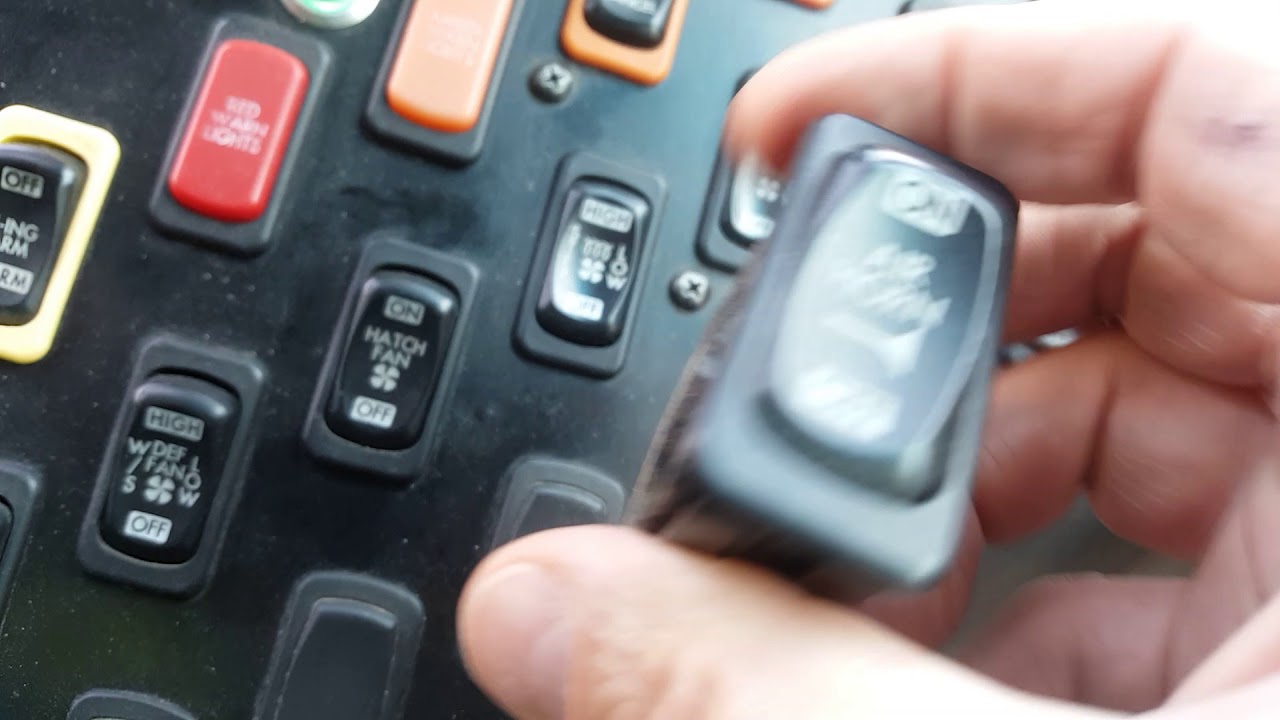This simple way of relocating dash switches is possible from multiplexing that sends inputs and outputs to modules controlling the components in the bus. Each dash switch has it’s own resistance that the module reads to send a command. In the video the horn and roof hatch motor switches were relocated. Once the ignition key is on and the horn switch is operated the module reads the resistance and knows that it must command the air horn to come on.
There are several reasons Thomas Buses went to multiplexing. One big reason is it has reduced wiring by 40 percent from 650 to 350 reducing wiring failures. Multiplexing has onboard computers that can read faults and send the data to the ICU (instrument cluster unit). The dash fault will let the driver know there is an issue and once reported the technician can log on with Freightliner Diagnostic Link software and proceed with troubleshooting.
So no programming is required when replacing or moving switches due to the multiplexing system. Diagnosing and adding options to the electrical system is a big advantage compared to the old wiring systems that needed a wire for each circuit. Multiplexing works on a datalink similar to broadband cable allowing multiple messages to travel back and forth at the same time. The modules communicate with each other monitoring components and messages transmitted in the multiplex wiring. This signalling system reduces relays and connectors that in turn cut down on electrical issues.
Our fleet has seen a lot of multiplexing issues through out the years and the biggest problem we’ve had is corrosion that makes it way in to the connectors even though they are environmentally sealed. Nothing is bullet proof in these tough Canadian driving conditions. California would be much more forgiving with electrical wiring but up here in the north country salt and wet conditions applied to exposed wiring is trouble. Not only was corrosion a problem we also had wiring insulation wear down because of the convoluted (ribbed) loom which was supposed to protect the wiring but ironically this stuff would vibrate and break down the wiring insulation to bare wire and the environment would do it’s damage.
There were many issues that we finally went through and repaired one by one. It involved opening up the wiring harness and searching for each bad connection or corroded wire which was rather painful at times but repetition with the same problems happening over and over again helped us to get to know the failure points. Over all I like multiplexing and it’s advantages but there is vulnerability to harsh weather.







